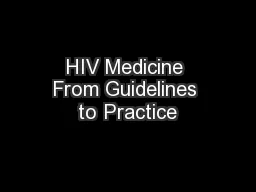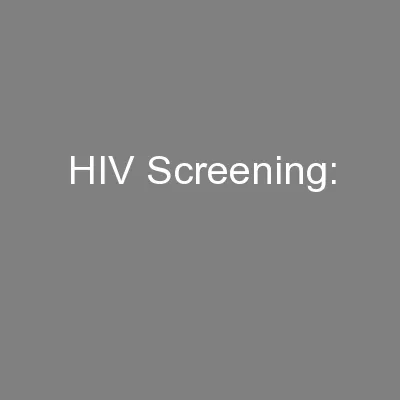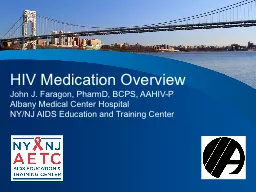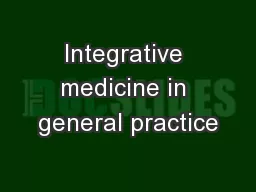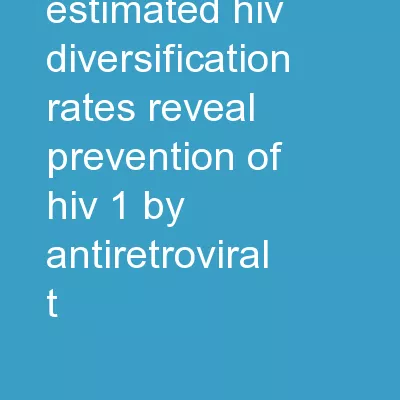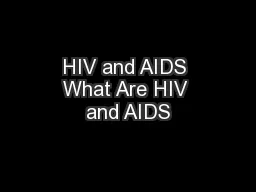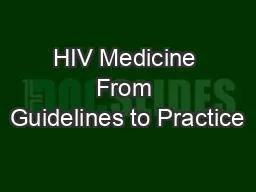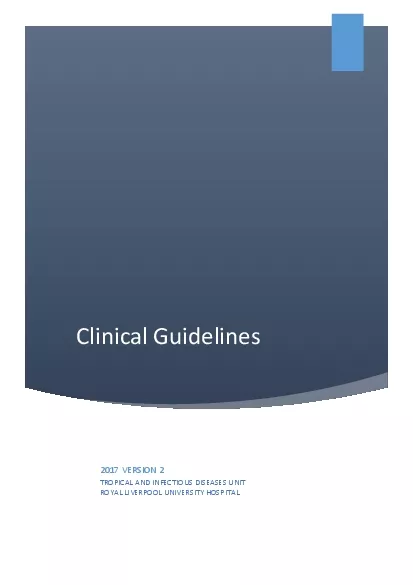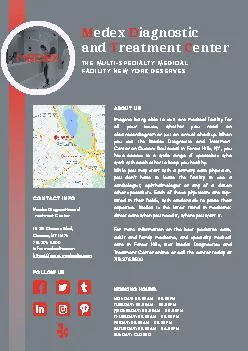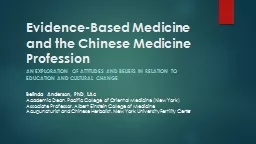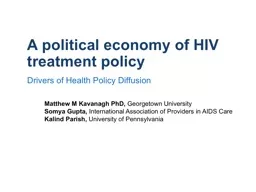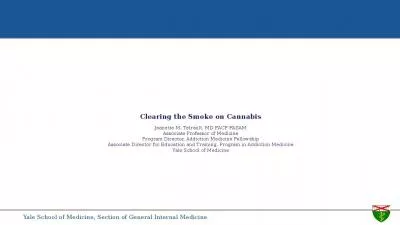PPT-HIV Medicine From Guidelines to Practice
Author : cheryl-pisano | Published Date : 2018-11-21
Kiat Ruxrungtham Professor of Medicine Chulalongkorn University and HIVNAT Thai Red Cross AIDS Research Center Three Decades of HIVAIDS Learning and the Future
Presentation Embed Code
Download Presentation
Download Presentation The PPT/PDF document "HIV Medicine From Guidelines to Practice" is the property of its rightful owner. Permission is granted to download and print the materials on this website for personal, non-commercial use only, and to display it on your personal computer provided you do not modify the materials and that you retain all copyright notices contained in the materials. By downloading content from our website, you accept the terms of this agreement.
HIV Medicine From Guidelines to Practice: Transcript
Download Rules Of Document
"HIV Medicine From Guidelines to Practice"The content belongs to its owner. You may download and print it for personal use, without modification, and keep all copyright notices. By downloading, you agree to these terms.
Related Documents

